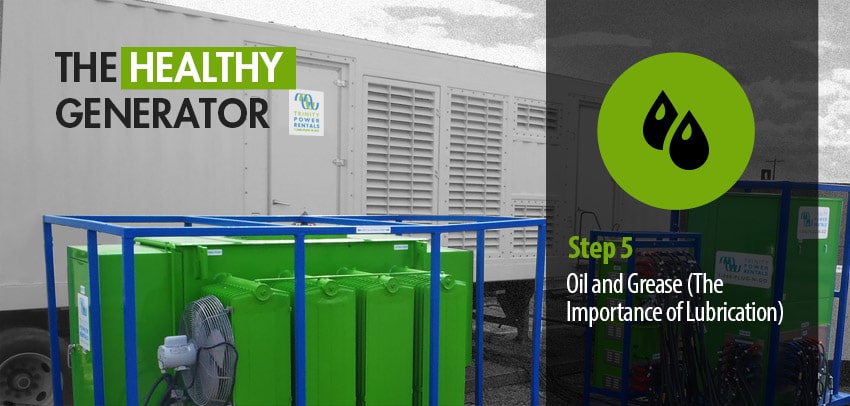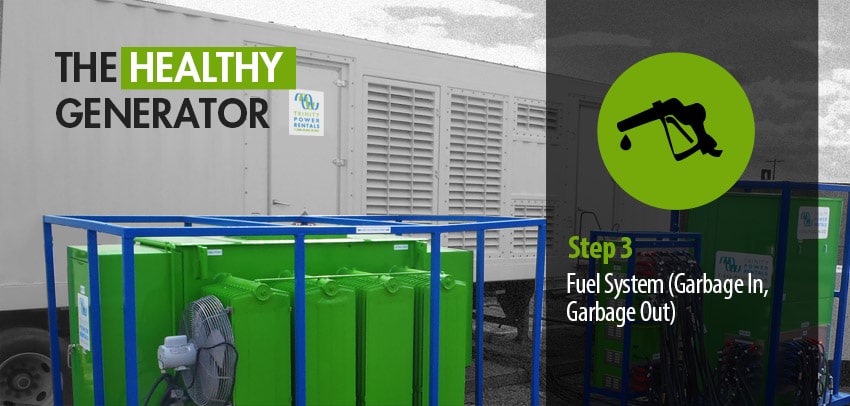- OUR APPROACH
-
COMMITTED TO YOUR SUCCESS
Our approach, developed over decades of experience, is fine-tuned to get the results you want.
We deliver concept-to-completion solutions, designed by temporary power specialists with access to the largest inventory of high-quality power generation and distribution equipment in North America.
-
- Equipment
-
RENTALS
From a wide range of diesel and natural gas generators to transformers, cable, light towers and more, our large rental fleet and extensive vendor network ensure we’ll have the temporary power equipment that your project requires — every time.

-
- Industries
-
INDUSTRIES WE SERVE
For nearly 20 years, we have been at work powering projects across Canada’s industrial sectors.
Select from this sampling of industries to learn how we can put our expertise to work for you.
VIEW ALL- Projects
- About
-
A PROUD HISTORY. A BRIGHT FUTURE.
From our inception in 1998, we have been building our team on a foundation of excellence. Our team members’ passion, expertise and commitment are what have allowed us to grow into a national company with projects across Canada.
Click on the links to learn more about our history, our team or our career opportunities.
- Blog
- Contact
-
The battery is the defibrillator of the electrical generating systems world. The battery produces huge amounts of energy when called upon. That energy fuels the electric starting motor that turns over the generator until compression. Diesel fills the combustion chamber, the pistons pressure the fuel, combustion is achieved and the motor is off and running. It’s most important job performed, the battery recedes from importance until called upon again.
And again. And again.
A lead acid battery of the size required to turn over the crankshaft of a large generator is comprised of the same components needed for a much smaller engine: an anode, a cathode and an electrolyte (which may be dry or wet) The electrolyte allows the electrons to flow from the anode to the cathode when a circuit has been completed. The battery is recharged when the reverse process occurs, and the electrons flow back from the cathode to the anode.
What are some common generator battery problems, and how do you deal with them?
Well, these problems may be mechanical or chemical. The mechanical areas involve the exposed parts that are the easiest for a generator technician to maintain. You can think of the battery terminals as you would the paddles of a defibrillator, because these are the delivery points for a battery’s electromotive force. They must remain clean to maximize contact area.
For the battery the form to transmit electrons changes from lead to copper. If the connection is loose, the electrons have a little father to travel. This can lead to corrosion. Because maximum contact area is essential, the remedy to corrosion is to ensure the terminals are tight.
However, even when terminals are tight, the battery is exposed to atmospheric conditions. To remove any connection doubts, apply a silicon sealer to the posts, which creates a barrier between the internal electrical process and the world at large.
More difficult problems can occur beneath a battery’s exterior. Inside the battery, chemical components change with time and operation.
Charging conditions, usage patterns and related off-gassing of hydrogen all can and will decrease electrolyte levels. When that happens the sulfate molecules will travel to the plates of the lead acid batteries, where they will build up over time. When this occurs, ions can’t travel and no electromotive force can occur. The juice is there, but it isn’t flowing. Such sulfate build-up is the cause of 80% of all battery failures.
What can you do to know what’s going on inside the paddles of your defibrillator?
Why, employ a battery hydrometer of course. The hydrometer measures the density of the sulfuric acid in comparison to the level of water. The scale on the inside of the hydrometer provides the measurement. But if the measurement isn’t ideal, then what’s happened? The sulfate has attached to the plates.
Maintenance is your best preventative medicine. When the machine is shut down, disconnect the terminals before using the hydrometer. Open the caps, insert the hydrometer and draw up the fluid. The graduated scale indicates the pervasiveness of sulfuric acid and the health of the internal electrolyte. If the electrolyte level is low, add distilled water to the cells. Important note: Do not overfill.
This testing method addresses the conditions of the battery and its ability to store energy for future use. However, it does not test if that storage process actually is occurring. Energy is returned to the battery from the machine by means of the alternator. For optimal energy storage, battery voltage should be maintained between 11.6 volts and 12.5 volts while the generator is operating. Standard voltage meters can help confirm this information.
In the next post we’ll examine the oil and lubrication.
Related Articles
Subscribe for access to exclusive content
"*" indicates required fields



















